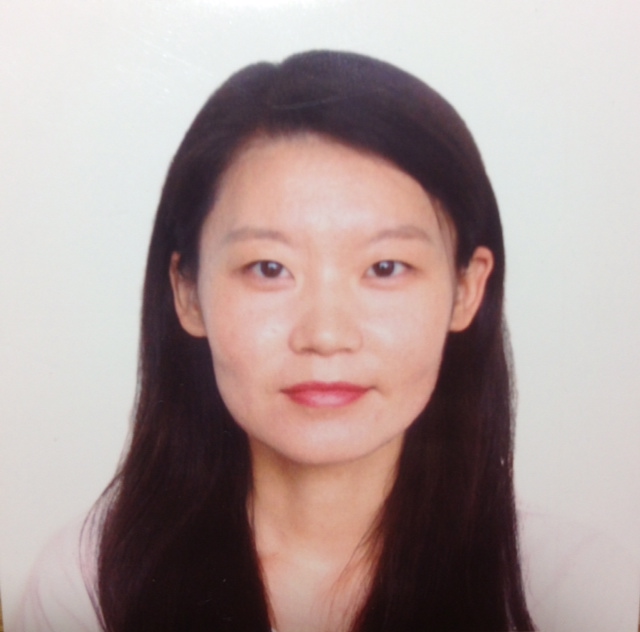Program Information
Quantitative Evaluation of the Relationship Between Tissue Velocity and Motion-Artifacts of Free-Breathing Low-Dose Fast-Helical CT Scans
Liu (Lisa) Yang*, Tai Dou, Dylan O'Connell, David Thomas, Dan Ruan, James Lamb, Daniel A. Low, University of California, Los Angeles, Los Angeles, CA 90024
Presentations
TU-G-CAMPUS-J-15 (Tuesday, July 14, 2015) 5:30 PM - 6:00 PM Room: Exhibit Hall
Purpose: The process of characterizing breathing motion has recently advanced by employing repeated fast-helical scans as the free-breathing CT images. While the scans are acquired using state-of-the-art CT scanners operating at nearly their highest couch-speeds, it still requires 0.23 s to scan any specific tissue-region. During quiet respiration, tissue velocities of up to 4 cm per second have been observed; leading to the residual motion-artifacts in the fast helical CT scans. This work evaluates the magnitude and characteristics of the motion-artifacts and correlates against model-calculated tissue velocities.
Methods: 10 Patients were scanned 25 successive times using a low-dose fast-helical protocol with scans acquired in alternating directions. A 64-slice CT scanner with a pitch of 1.2 and table speed of 161.7 mm/s was used. The first scan was selected as the reference scan and deformable registrations were performed to register the other 24 scans to the reference scan. Motion-blur was quantified using blurring metrics and doubling-artifacts were further quantified using edge-response width to determine the mean edge-width of each lung diaphragm. The model-predicted velocities were correlated against the quantified artifacts.
Results: Motion-artifacts appeared with the increased tissue velocity, from artifact-free to blurring-artifacts and then doubling-artifacts. Increasing amounts of doubling-artifacts were observed with tissue velocities > 18.2±1.3 mm/s. Regional blurring-artifacts occurred with velocities > 3.8±2.3 mm/s. The relationship between tissue velocity and motion-artifact severity was linear. There was no statistically significant difference in artifact magnitude between inhalation and exhalation phases.
Conclusion: In spite of employing fast-helical acquisition with table speeds of 161.7 mm/s, motion-artifacts remained. The relationship between motion-artifact amplitude and tissue-velocity was linear with free-breathing fast-helical scans. This relationship will be used to aid in reference image selection, guide 5DCT accuracy assessments, and determine which images are averaged to produce the reference phase image used for treatment planning.
Contact Email:


